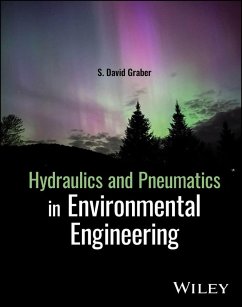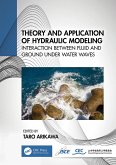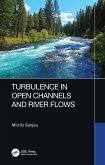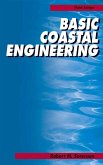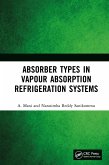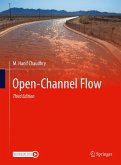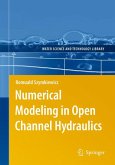Bring the tools of hydraulics and pneumatics to bear on key environmental challenges
Hydraulics and pneumatics are essential tools in environmental engineering. Any area of engineering which deals with harnessing, managing, and controlling fluid and flow will find hydraulics and pneumatics indispensable, and environmental engineering is no exception. These two subjects, however, are rarely integrated in standard teaching and research resources, and there exists an urgent need for a work which brings them together.
Hydraulics and Pneumatics in Environmental Engineering meets this need with a thorough, accessible overview of this vital subject. Written for advanced environmental engineering students and assuming a sound undergraduate background in fluid mechanics, this book otherwise provides everything needed to bring hydraulic and pneumatic tools and principles to bear on environmental engineering problems. With civil and environmental engineering only becoming more essential as communities grow and the challenges of climate change mount, the next generation of engineers will be amply served by this text.
Hydraulics and Pneumatics in Environmental Engineering readers will also find:
Hydraulics and Pneumatics in Environmental Engineering is ideal for graduate and advanced undergraduate students in civil and environmental engineering, as well as for researchers and practicing engineers in need of a reference.
Hydraulics and pneumatics are essential tools in environmental engineering. Any area of engineering which deals with harnessing, managing, and controlling fluid and flow will find hydraulics and pneumatics indispensable, and environmental engineering is no exception. These two subjects, however, are rarely integrated in standard teaching and research resources, and there exists an urgent need for a work which brings them together.
Hydraulics and Pneumatics in Environmental Engineering meets this need with a thorough, accessible overview of this vital subject. Written for advanced environmental engineering students and assuming a sound undergraduate background in fluid mechanics, this book otherwise provides everything needed to bring hydraulic and pneumatic tools and principles to bear on environmental engineering problems. With civil and environmental engineering only becoming more essential as communities grow and the challenges of climate change mount, the next generation of engineers will be amply served by this text.
Hydraulics and Pneumatics in Environmental Engineering readers will also find:
- An emphasis on practical applications, often under-valued in civil engineering courses
- Detailed discussion of topics including Navier-Stokes, G-Value, incompressible flow, and many more
- Diagrams and figures throughout to illustrate key points
Hydraulics and Pneumatics in Environmental Engineering is ideal for graduate and advanced undergraduate students in civil and environmental engineering, as well as for researchers and practicing engineers in need of a reference.
Dieser Download kann aus rechtlichen Gründen nur mit Rechnungsadresse in D ausgeliefert werden.

